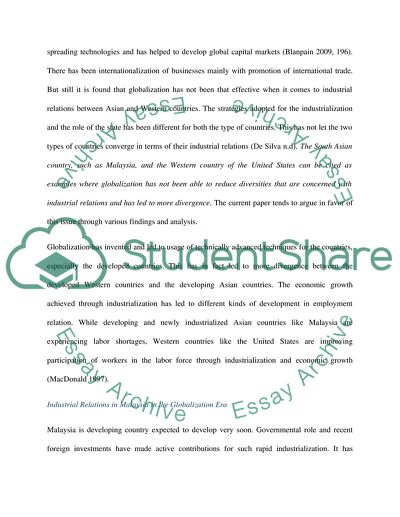Cite this document
(“Globalisation has not reduced diversity in industrial relations Essay”, n.d.)
Globalisation has not reduced diversity in industrial relations Essay. Retrieved from https://studentshare.org/miscellaneous/1587076-globalisation-has-not-reduced-diversity-in-industrial-relations
Globalisation has not reduced diversity in industrial relations Essay. Retrieved from https://studentshare.org/miscellaneous/1587076-globalisation-has-not-reduced-diversity-in-industrial-relations
(Globalisation Has Not Reduced Diversity in Industrial Relations Essay)
Globalisation Has Not Reduced Diversity in Industrial Relations Essay. https://studentshare.org/miscellaneous/1587076-globalisation-has-not-reduced-diversity-in-industrial-relations.
Globalisation Has Not Reduced Diversity in Industrial Relations Essay. https://studentshare.org/miscellaneous/1587076-globalisation-has-not-reduced-diversity-in-industrial-relations.
“Globalisation Has Not Reduced Diversity in Industrial Relations Essay”, n.d. https://studentshare.org/miscellaneous/1587076-globalisation-has-not-reduced-diversity-in-industrial-relations.


